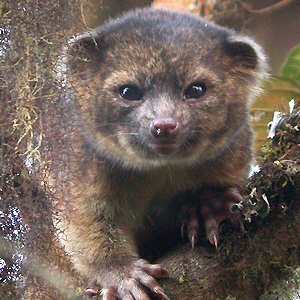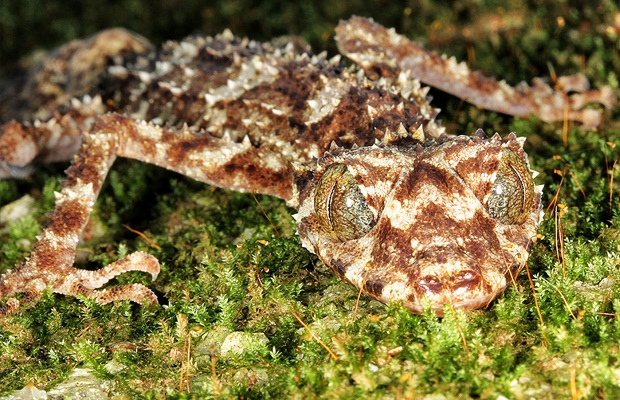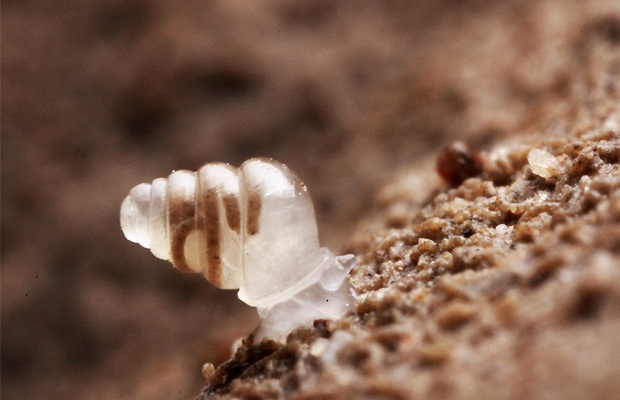
A cross between a sleek cat and a wide-eyed teddy bear that lives in Andean cloud forests and an eyeless snail that lives in darkness 900-plus meters (3,000 feet) below ground in Croatia rank among the top 10 new species discovered last year, scientists announced on Thursday.
The list, assembled annually since 2008, is intended to draw attention to the fact that researchers continue to discover new species. Nearly 18 000 were identified in 2013, adding to the 2 million known to science.
Enviro Tip: Biodiversity gardening - preserve species richness on your home turf
An international committee of taxonomists and other experts, assembled by the SUNY College of Environmental Science and Forestry, selects the top 10.
The list is released in time for the May 23 birthday of Carolus Linnaeus (1707-1778), the Swedish botanist considered the founder of modern taxonomy.
Leaf-tailed gecko 
Scientists believe nature holds another 10 million undiscovered species, from single-celled organisms to mammals, and worry that thousands are becoming extinct faster than they are being identified, said entomologist Quentin Wheeler, president of the environmental science college, part of the State University of New York.
"The top 10 is designed to bring attention to the unsung heroes addressing the biodiversity crisis by working to complete an inventory of earth's plants, animals and microbes," he said in a statement.
Like previous lists, this one shows that even large species can elude scientists.
One top-10, for instance, is the olinguito, the cat-bear amalgam from the cloud forests of Colombia and Ecuador. The 2-kilogram (4.5-pound) raccoon relative is the first carnivorous mammal discovered in the Western Hemisphere in 35 years.
Scientists had long missed an even bigger quarry: the 12-meter (40-foot) dragon tree of Thailand, which has soft, sword-shaped leaves and cream-colored flowers with orange filaments. People living in the area knew of it but scientists didn't.
Domed land snail
No one knew about some other top-10s. A submersible exploring beneath Antarctica's Ross Ice Shelf discovered a yellow 2.5-centimeter (one inch) sea anemone that burrows into the ice and dangles two dozen tentacles in the frigid water.
More alarming, scientists had no idea of the existence of microbes that survived attempts to sterilize clean rooms where spacecraft are assembled - one in Florida and one in French Guiana - and which threaten to hitch a ride to other worlds.
Explorers arguably get a pass for failing to discover the Tinkerbell fairyfly of Costa Rica: at 250 micrometers (0.00984 inches) across, it is one of the smallest known insects.
"We are very far from having exhausted the knowledge of the biodiversity on Earth," said zoologist Antonio Valdecasas of the National Museum of Natural Sciences in Madrid, Spain, and chair of the top-10 committee.
Enviro Tip: Why lawns aren't great for biodiversity
Without knowing what exists, humans will not know if something disappears or moves in response to climate change or other environmental disruption, the committee warned.
See the full top 10 list here
Images: Leaf-tailed gecko by Conrad Hoskin, domed land snail by Jana Bedek, olinguito by Mark Gurney / CC BY 3.0
Read more:
Every species DNA to be barcoded
Monkey virus could jump to humans
French zoo shows off rare Asiatic lion cubs




 Publications
Publications
 Partners
Partners














